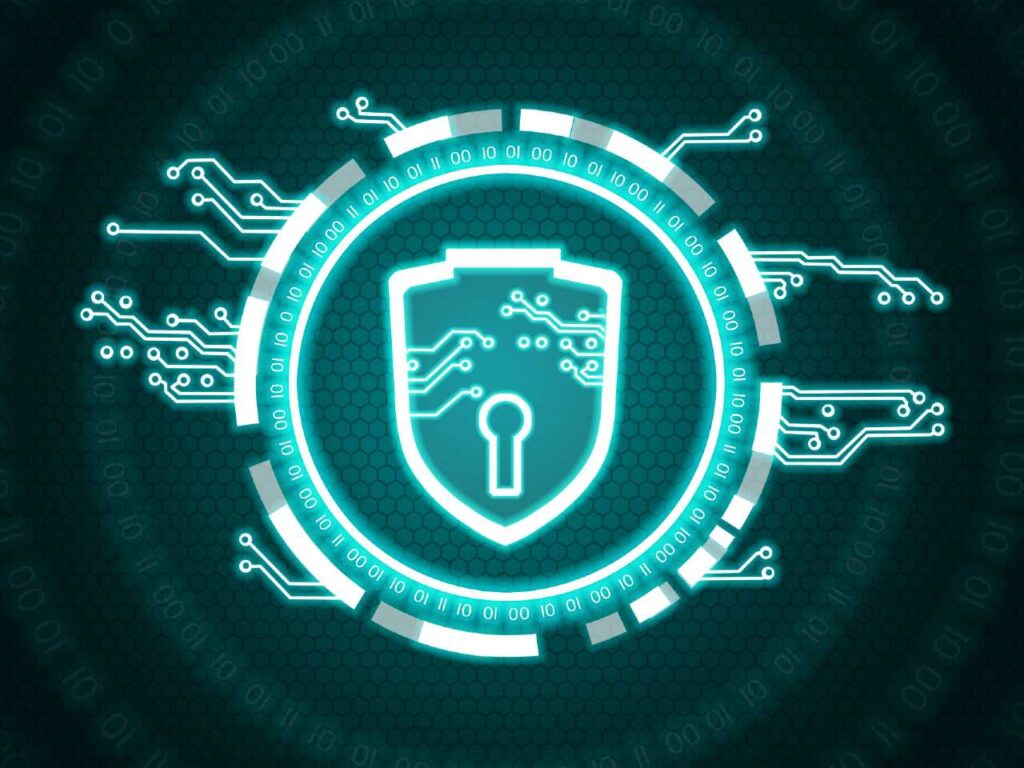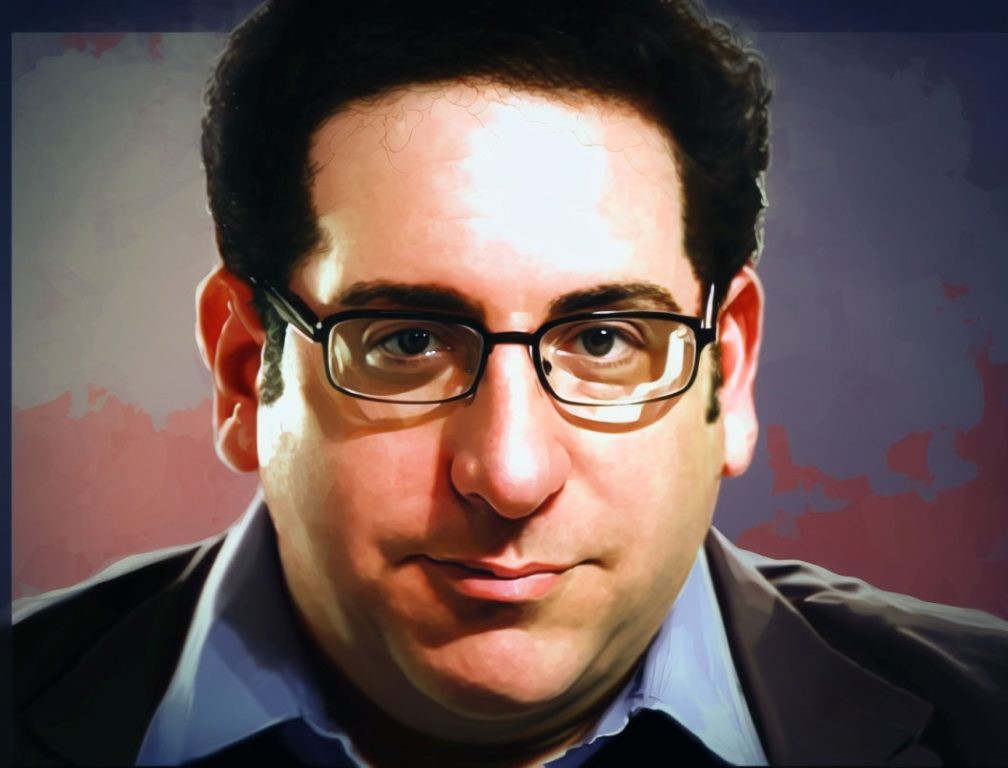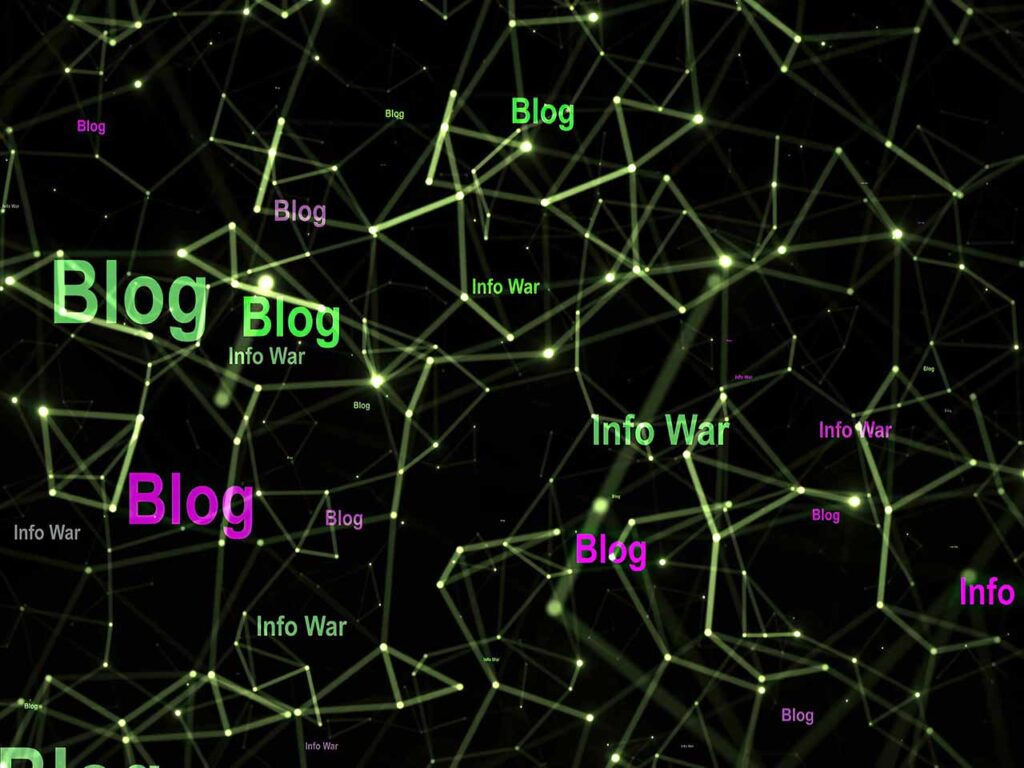Adrian Lamo was an American threat analyst and hacker. Born in Boston in 1981, he rose to fame after breaking into several high-profile networks. These included Microsoft, Yahoo!, and The New York Times. His exploits earned him the nickname ‘the homeless hacker’ as he often worked from internet cafes, libraries, and even used the connectivity in vacant buildings. Lamo was also known for his significant role in the Chelsea Manning case, where he reported Manning to the FBI after she leaked hundreds of thousands of classified documents. Lamo’s actions continue to be a topic of debate regarding ethics in hacking and whistle-blowing, even after his untimely death in 2018 at the age of 37.
1. Adrian Lamo’s Most Notable Hacks
Adrian Lamo’s hacking career began in the late 1990s. His real claim to fame, however, came in the early 2000s when he successfully infiltrated several high-profile networks. His unique approach to hacking, often done from public internet spaces, earned him the nickname ‘the homeless hacker’.

Stay One Step Ahead of Cyber Threats
One of Lamo’s most notable hacks was against Microsoft in 2001. He managed to breach the tech giant’s security, purportedly to highlight their inadequate safety measures. Lamo contacted Microsoft about the weaknesses he had discovered, which led to improved security on Microsoft’s part.
A similar situation occurred with Yahoo!. Here, Lamo had unauthorized access to the company’s internal network where he manipulated and retrieved personal user data. He then highlighted the security flaws to Yahoo!, once again with the aim of showing the company their system vulnerabilities.
Perhaps the most famous hack in Adrian Lamo’s resume is the 2002 intrusion into The New York Times’ intranet. In this instance, he added his own name to their expert sources database and used the company’s resources to conduct research. His intrusion prompted a highly public FBI investigation. However, Lamo again defended his actions as intended to expose the substantial security risks present in The New York Times’ system.
2. Involvement in Chelsea Manning Case
Adrian Lamo’s name rose to international notoriety in connection with the Chelsea Manning case. Manning, a U.S. Army intelligence analyst, messaged Lamo in May 2010, admitting to leaking hundreds of thousands of classified documents to Wikileaks. This revelation thrust Lamo into a difficult and critical decision-making scenario.
After consulting with friends and legal experts, Lamo made the decision to report Manning’s actions to the U.S. Army’s Criminal Investigation Command. He provided them with the chat logs of his conversation with Manning, leading to Manning’s arrest just days later.
Lamo defended his actions, stating that he believed Manning’s leaks posed a significant threat to U.S. national security. His decision to turn in Manning was controversial, with critics accusing him of violating hacker ethics and betraying a fellow whistleblower. This incident is a crucial part of Lamo’s story and continues to fuel debates about ethics in hacking and whistle-blowing.
3. Lamo’s Legacy in Hacking and Ethics
Adrian Lamo’s role in the world of cybersecurity is undeniably significant. His exploits, particularly his interaction with Chelsea Manning, established a divisive reputation. To some, he was a protector of national security. To others, he violated the unwritten laws of hackers and whistleblowers by betraying a confidante.
His legacy was further complicated by his untimely death at 37. There are those who remember him for his work ethic, keen mind and the vulnerabilities he exposed in corporate and government systems. Advocacy for improved digital security continues to be an important concern, and Lamo’s hacks played a role in highlighting this need.
However, his decision to turn Manning over to authorities also sparked a larger conversation on the ethics in hacking communities and the role of whistleblowers in modern society. Debates surrounding his controversial actions persist, testifying to the enduring impact of his short but eventful life on the world of cybersecurity.
Conclusion
Adrian Lamo’s role in the world of cybersecurity, hacking, and ethics continues to inspire discussions and debates long after his passing. His life’s story serves as a potent example of the complexities and controversial dynamics that surround the world of hacking and whistleblowing.
Key Takeaways
- Adrian Lamo, often known as ‘the homeless hacker’, gained notoriety for his high-profile hacks into companies like Microsoft, Yahoo!, and The New York Times.
- Lamo’s involvement in the Chelsea Manning case, in which he reported Manning’s leak of classified documents to the FBI, was a significant and controversial moment in his career.
- Despite his untimely death, Lamo’s actions continue to fuel debates on ethics in hacking, whistleblower ethics, and cyber security.
Related Questions
1. What was Adrian Lamo’s motivation for hacking?
Lamo often stated his hacks were aimed at exposing and improving inadequate security measures within large corporations and not for personal or financial gain.
2. What were the consequences of Lamo’s hack into The New York Times?
The intrusion prompted a public FBI investigation and Lamo was eventually ordered to pay restitution for the intrusion.
3. How did Adrian Lamo die?
Lamo died in March 2018 in Wichita, Kansas, at the age of 37. The cause of his death was not immediately revealed.
4. What was the public reaction to Adrian Lamo reporting Chelsea Manning?
The reaction was polarized – some praised his commitment to national security, while others criticised him for betraying a fellow whistleblower and violating hacker ethics.
5. How is Adrian Lamo’s legacy perceived today?
Opinions vary, with some viewing him as a controversial figure who crossed significant ethical lines, while others remember him for his contributions to cybersecurity and national safety.
"Amateurs hack systems, professionals hack people."
-- Bruce Schneier, a renown computer security professional






